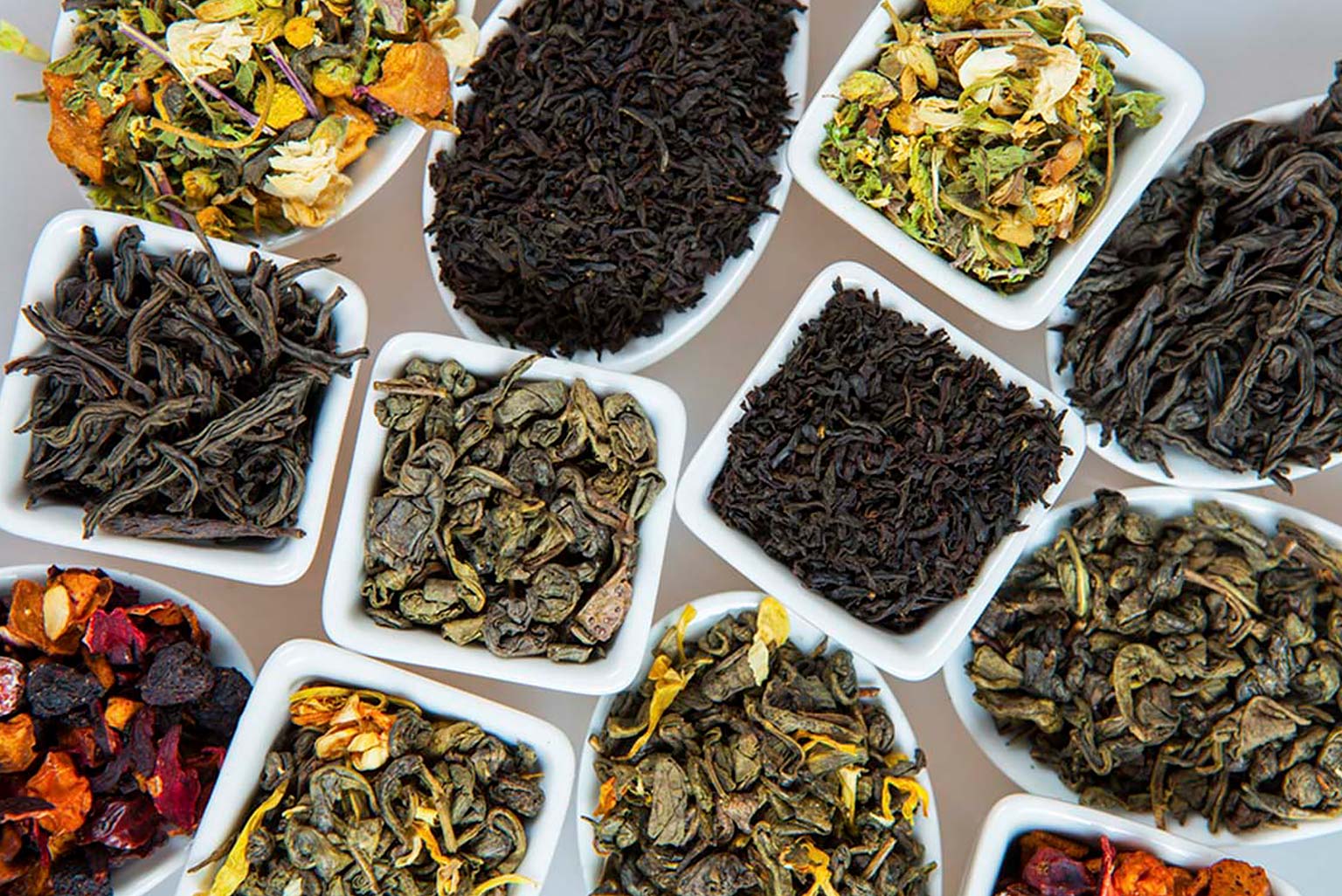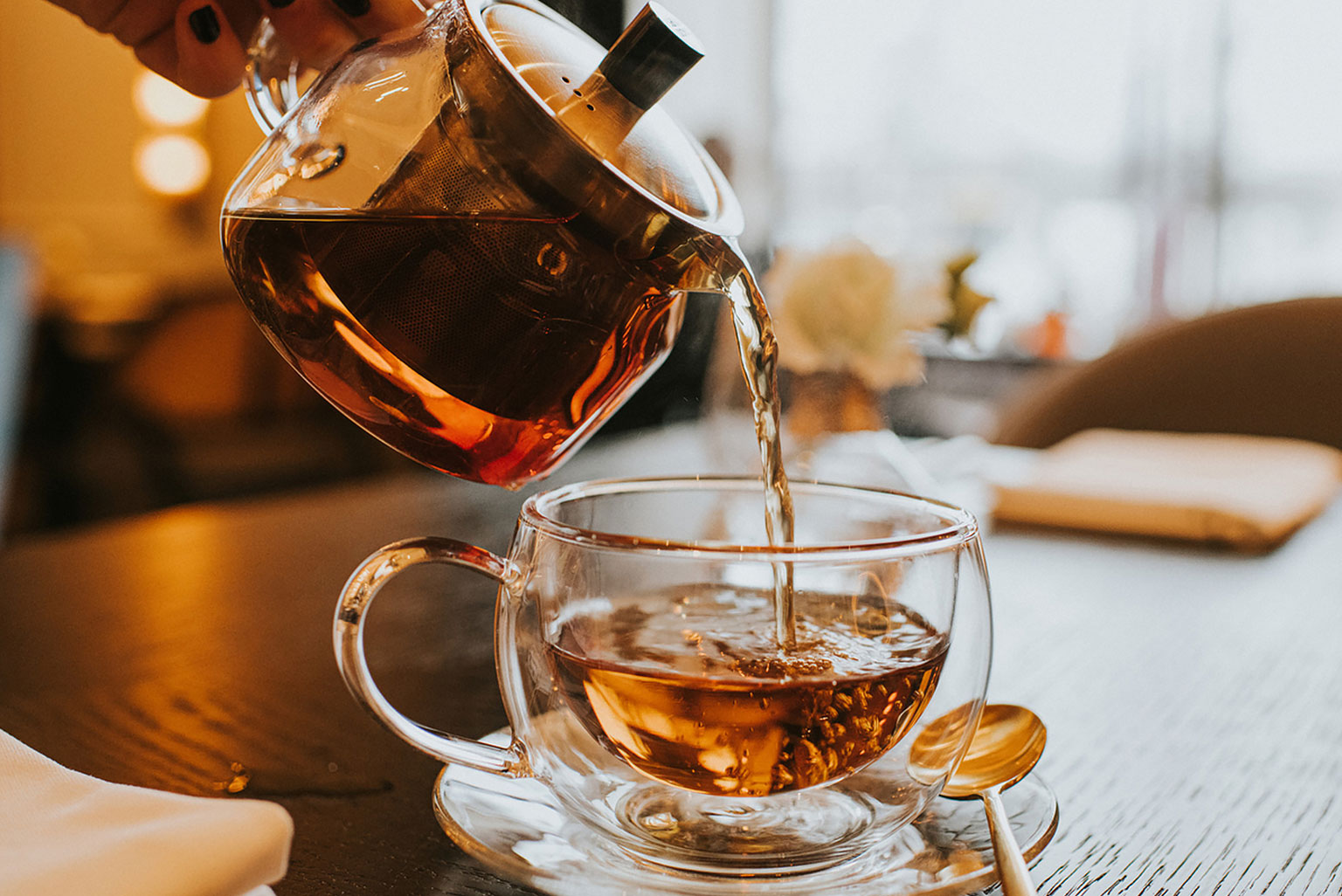I
t all depends on what you are looking for in tea.
What are your taste preferences? What are you going to pair it with? What did you eat or drink before a cup of tea, what are you going to drink while drinking it, and what will happen after that?
Do you want tea to wake you up instead of coffee or to relax and soothe you?
Last but not least, what is your budget – how much do you want to invest in tea and what is your ideal cost-benefit ratio?
Choice of tea to taste
You must like the taste of your tea. That is why you drink it. The choice of aromas and flavors of tea is so wide that it should satisfy everyone.
Tea leaves contain a complex cocktail of substances that undergo further transformation – some appear, others disappear. As a result, you can discover an incredible range of flavors and aromas in your cup. There are two, so to speak, cornerstones.
Bitterness and sweetness. Bitterness is an integral part of tea. Tea leaves are just bitter. It is attached to the content of the main substances contained in them. The bitterness protects the tea from pests. Sweetness comes from reactions that occur during processing. When processed well, a deliciously sweet cup is obtained. The brew is a combination of both flavors. Today, as a rule, preference is given to the sweet taste, and bitterness is often suppressed to a minimum. At the same time, the whole range of flavors in tea leaves is much richer.
The tea you take from the locker depends not only on your mood at the moment, but also on the sensations in your mouth, on what you have eaten and what you are going to eat next.Have you just eaten a hearty, spicy lunch? Most likely, you will choose a strong, rather bitter tea – Yunnanese red, Vietnamese green or dark pu-erh. If you are going to try Asian cuisine, fish or sushi, Japanese green tea is for you. Second
Harvest Darjeeling pairs well with Grandma’s Cookies, while Assam and Earl Gray go well with a piece of cake.
We drink different teas first thing in the morning and after a heavy lunch. There is morning tea and afternoon tea. Everyone prefers different combinations, which is why it’s so hard to set rules. Don’t be afraid to experiment with different combinations.


Effects – tea as a coffee substitute
It’s good to know that the cocktail of substances you find in a cup of tea is somewhat different from what you know about coffee. Both drinks contain caffeine, but its effect on the human body is always different. Coffee acts faster and more intensively, but its effect is shorter.
On the other hand, the effect of tea is less noticeable, it unfolds more slowly, and its effect lasts longer. It will take some time to get used to both options.
If you are expecting an awakening tea, it is best to choose a tea made up of young leaves picked in early spring. They contain the largest amount of active substances, among which caffeine is in the lead. This is because the caffeine is bitter and protects the plant from pests that can’t wait for the juicy and otherwise delicious leaves. Young leaves can be distinguished by fine hairs. Thin silvery or golden fluff serves only to ensure that small insects cannot reach the young leaves.
Don’t be surprised by the price – teas made from these small young leaves are much more expensive than large leaf teas. This is due to the fact that they require ten times more.
However, tea leaves contain more than just stimulants.
There are also substances that reduce the effects of caffeine or act as relaxants. The effect of various teas is still mysterious. The content of various substances in tea leaves is influenced by a huge number of factors, some of them are unpredictable and difficult to influence.
The effects of tea are often very subjective. What yesterday made you awake, today can relax you.
A typical tea that has a relaxing effect due to its high content of gamma-aminobutyric acid (GABA) is Gaba Oolong from Taiwan.
On the other hand, spring teas from Darjeeling, Gyokuro and Matcha produced in Japan, as well as Yunnan pu-erh from young trees, provide a good awakening.
Cost Benefit Ratio – Tea Budget
Here you can draw a parallel with the world of wine. Start with the basic varieties of tea, learn to appreciate them, and only then go to the world of elite (that is, expensive) teas. Because there is no way back. Or rather, it is – you can go back to cheaper teas, but often this is a painful experience. Of course, this is a slight exaggeration. There are many excellent teas at reasonable prices.
In many teas, price and quality are directly proportional, in others they are not. Pu-erh is a typical example of a disproportionate increase in price. For some time now, prices for old mature teas have been rising, which is understandable, since they are in short supply.
However, the prices for the main material for the production of pu-erh tea – maocha – also skyrocketed. Among the reasons is the disproportion between supply and demand. The growth is driven by a combination of strong demand associated with the growing popularity of Darjeeling tea with rather limited (and recently declining) annual tea production. Unfortunately, this is the reality to which we have to adapt.
We can invest, buy large volumes of pu-erh and wait for its price to rise even more. We can look for Nepalese teas as an alternative to Darjeeling.

Fortunately, even a kettle of the most expensive tea, from which you can make several brews, which you can spend the whole day behind, still costs not so much. Tea is not an expensive hobby.



